
Want to save time and boost your social media reach? Cross-posting - sharing content across multiple platforms - is a smart strategy to maximize visibility and maintain a consistent brand. But it’s not as simple as copy-pasting. Here’s a quick guide to doing it right:
- Tailor Content for Each Platform: Match your posts to each platform’s tone, audience, and style. For example, TikTok thrives on short, fun videos, while Instagram focuses on polished visuals.
- Use Platform Tools: Features like Instagram Reels or TikTok’s trending sounds help your posts stand out.
- Size Content Correctly: Keep visuals sharp by sticking to recommended dimensions (e.g., 1080x1920 for Instagram Stories and TikTok).
- Write Unique Captions: Adjust captions for each platform’s style - short and trendy for TikTok, professional for LinkedIn.
- Post at Peak Times: Schedule posts when your audience is most active (e.g., mornings for Instagram, evenings for TikTok).
- Maintain Brand Consistency: Use the same colors, fonts, and tone across platforms for a cohesive identity.
- Link Platforms: Guide followers to other channels using bio links or cross-platform CTAs.
- Share User-Generated Content (UGC): Build trust by sharing fan-created posts (with permission).
- Track Performance: Use analytics tools to measure engagement and refine your strategy.
- Stay Updated: Keep up with platform updates, like Instagram’s new Reels features.
Quick Comparison Table
| Platform | Best Content Type | Audience | Key Tip |
|---|---|---|---|
| TikTok | Short, fun videos | Gen Z (16–24) | Use trending sounds and effects |
| Photos, Reels | Ages 25–34 | Focus on visuals and aesthetics | |
| Varied content | Older, broad demo | Engage with longer-form posts |
How to Cross-Post to Social Media Channels Effectively
1. Match Content to Each Platform
Each social platform comes with its own personality, audience, and content style. Understanding these differences is key to making your content stand out.
Here’s a quick breakdown of platform characteristics:
| Platform | Primary Content Type | Audience Focus | Best Practices |
|---|---|---|---|
| TikTok | Short videos (15–60 seconds) | Mostly Gen Z (16–24) | Use trending sounds, challenges, and relatable content |
| Mixed (photos, Reels, Stories) | Broad, core ages 25–34 | Focus on visual storytelling and cohesive aesthetics | |
| Varied content | Older, more balanced demographic | Prioritize community engagement and longer-form posts |
Why does this matter? Recent stats reveal that 40% of Gen Z prefers TikTok for searches instead of Google . This shift underscores the need to align your content with the preferences of each platform's audience. For instance, Oatly nails it on Instagram with a fun, conversational tone paired with consistent visuals .
Tips for Platform-Specific Content
- TikTok: Stick to 15–30 second videos, use trending sounds and effects, add text overlays, and focus on entertainment .
- Instagram: Prioritize strong visuals, keep captions short, maintain a consistent aesthetic, make use of Stories and Reels, and include branded hashtags.
Some brands are already doing this well. Travel Alberta uses interactive quizzes in Instagram Stories to engage followers , while Allbirds effectively builds awareness with posts tagged #weareallbirds.
The key takeaway? Match your content to the platform’s vibe. Instagram users look for polished, visually stunning posts, while TikTok audiences lean toward raw, unfiltered, and relatable content.
2. Use Each Platform's Tools
Take advantage of the tools each platform offers to increase content visibility and engagement.
Instagram's Features
Instagram provides a variety of tools to make your content stand out:
- Templates: Ready-to-use Reel formats for music and clips.
- Remix: Create side-by-side videos with existing Reels.
- Effects: Add filters and visual effects to your videos.
- Music: Access songs, voiceovers, and sound effects.
- Captions: Add timed text to improve accessibility.
These features can save time and make cross-posting easier.
TikTok's Engagement Tools
TikTok is a hub for music trends and viral content. According to MRC Data, "From emerging artists to small business owners, the research reinforces that by associating with the right music or sound on TikTok, creators, artists, and businesses alike can see a major impact" .
Here’s how to make the most of TikTok’s tools:
| Feature | Best Practice | Impact |
|---|---|---|
| Trending Sounds | Check the Creative Center daily | Boosts visibility on the For You Page |
| Duets/Stitches | Collaborate with other creators | Helps reach a broader audience |
| Effects/Filters | Use popular visual effects | Increases engagement |
These tools can help you tap into TikTok’s dynamic community and trends.
Cross-Posting Settings
Simplify your workflow by setting up cross-posting. Here’s how to configure it on Instagram:
- Go to your Instagram profile settings.
- Select Crossposting.
- Toggle the content types you want to share (stories, posts, or Reels).
Once set up, you can monitor performance and make adjustments using native analytics.
Use Analytics to Refine Your Strategy
Both Instagram and TikTok offer built-in analytics tools, like Instagram Reels Insights and TikTok’s Creative Center. Use these to:
- Track engagement metrics and discover the best times to post.
- Identify which features resonate most with your audience.
- Fine-tune your content strategy based on performance data.
3. Size Images and Videos Correctly
Getting image and video dimensions right is key to maintaining quality across platforms. Incorrect sizing can lead to cropping issues, pixelation, and reduced engagement.
Platform-Specific Dimensions
Stick to these dimensions for the best display results:
| Platform | Content Type | Dimensions (pixels) | Aspect Ratio |
|---|---|---|---|
| Square Post | 1,080 x 1,080 | 1:1 | |
| Portrait Post | 1,080 x 1,350 | 4:5 | |
| Stories/Reels | 1,080 x 1,920 | 9:16 | |
| TikTok | Video | 1,080 x 1,920 | 9:16 |
| Timeline Post | 1,200 x 630 | 1.91:1 |
These dimensions help ensure your visuals stay sharp and professional-looking.
Best Practices for Image Quality
- Upload Instagram images at 1,080px to avoid pixelation .
- For TikTok videos, use the MP4 format to balance file size and quality .
- Keep essential elements centered, especially for Instagram profile photos, to prevent cropping .
Safe Zones and Text Placement
When adding text overlays, follow these tips:
- Leave 14% of the top and bottom areas blank in Facebook Stories to avoid UI interference .
- Keep critical elements inside Instagram's safe zone to prevent overlap with buttons or icons .
- Use a 4:5 portrait ratio for Instagram feed posts to maximize screen space .
Tools for Resizing
For resizing, check out these tools:
- Social Media Image Resizer Tool by Influencer Marketing Hub, launched in January 2025 .
- Sprout Social's Landscape Tool, great for bulk resizing with preset dimensions for multiple platforms .
Why It Matters
Properly sized content can improve engagement. Instagram's algorithm tends to favor high-quality, well-framed visuals that meet platform specs . Consistent sizing also gives your feed a polished look, enhancing brand identity. By paying attention to these details, you can create a cohesive and visually appealing presence across platforms.
4. Write Platform-Specific Captions
Crafting captions that align with each platform's unique style, limits, and audience preferences is key to boosting engagement.
Platform-Specific Guidelines
| Platform | Caption Length | Optimal Hashtags | Key Tips |
|---|---|---|---|
| 2,200 chars (truncates at 125) | 1–10 | Highlight key info upfront | |
| 1–80 chars | 1–2 | Longer posts can perform well | |
| 25 words | 1–2 | Maintain a professional tone | |
| X (Twitter) | 71–100 chars | 1–2 | Keep it direct and casual |
| TikTok | 300 chars | 2–3 | Use casual, trendy language |
These guidelines help you tailor captions to specific platforms, starting with Instagram.
Instagram Caption Strategy
For Instagram, shorter captions (1 to 50 characters) tend to get the most engagement . Smaller accounts (under 1,000 followers) benefit from using 10 or more hashtags to extend their reach. On the other hand, larger accounts (over 10 million followers) perform better with fewer or no hashtags .
"Instagram relies on word embedding, and just as SEO is important for Google, it is important for Instagram. You have to be mindful of the captions that you write for your posts if you want new prospects to find your content."
– David Villa, CEO of IPD
Engagement Boosting Techniques
Grab attention with strong openings, use emojis strategically, and include clear calls-to-action. Adding line breaks can also make captions easier to read .
"Create a hook and include it at the beginning of your copy or in the first few seconds of your video. This keeps followers engaged and excited to soak up the rest of the content you are sharing."
– Caitlin Strempel, Rising Ranks Digital
Genuine Communication Counts
Users respond better to captions that feel personal and conversational. This approach not only increases engagement but also aligns with platform algorithms that favor authentic content.
Testing and Refining
Fine-tune your captions by experimenting with different styles and analyzing engagement data regularly. This will help you identify what resonates most with your audience.
"A good social media caption summarizes your content while adding value, in as few words as possible."
– Chantal Hermetz, Later's Social Media Director
5. Post at the Right Times
Timing your posts effectively can increase both engagement and reach. The best times to post depend on the platform you're using.
Platform-Specific Peak Times
Studies reveal clear patterns in user activity across different platforms:
| Platform | Best Days | Peak Hours (ET) | Ideal Engagement Times |
|---|---|---|---|
| Tuesday–Wednesday | 6 AM – 11 AM | Morning commute, lunch breaks | |
| TikTok | Tuesday–Saturday | 3 PM – 11 PM | After-school, evening hours |
| Tuesday–Friday | 5 AM – 9 AM | Early morning, pre-work | |
| Wednesday–Thursday | 8 AM – 12 PM | During business hours |
These insights can help you schedule posts for maximum impact. But timing isn’t everything - understanding how platform algorithms prioritize content is just as important.
Understanding Algorithm Patterns
Most algorithms prioritize fresh, relevant content . To make the most of this:
- Monitor audience activity to spot when your followers are most active.
- Experiment with posting schedules to find what works best for your content.
- Account for time zones if your audience is spread across different regions.
Fine-tuning your posting times based on these factors can help you stay ahead.
Cross-Platform Coordination
Research from SocialPilot highlights that aligning your posts with each platform's peak hours can improve overall engagement .
"Try to optimize for good posts rather than posting just for the sake of posting."
– Rachel Karten, Social Media Consultant
Industry-Specific Factors
General timing rules are helpful, but your specific industry may require adjustments. Consider these variables:
- The demographics of your target audience
- The type and format of your content
- The geographic location of your audience
- Seasonal trends and events
"We began journaling our posting dates and times to see which ones performed best. The optimal day can vary across industries."
– Katelyn Rhoades, Social Media Expert
Weekday vs. Weekend Strategy
Data suggests that weekdays typically outperform weekends for engagement on most platforms. For instance, U.S. marketers often see better results with Instagram posts scheduled for weekday mornings .
sbb-itb-3858882
6. Keep Your Brand Look Consistent
When you’re cross-posting content, maintaining a consistent visual identity is essential. Why? Because consistent branding helps your audience recognize and trust your business. In fact, research shows that people are 3-5 times more likely to trust brands with a cohesive look .
Core Brand Elements
To create a unified brand, focus on these key visual elements:
| Element | Purpose | How to Use It |
|---|---|---|
| Logo | Builds recognition | Use as your profile picture or watermark |
| Color palette | Strengthens identity | Apply consistently in graphics and backgrounds |
| Typography | Reflects personality | Keep font styles and hierarchy consistent |
| Image style | Creates cohesion | Use similar filters and editing techniques |
These elements provide the foundation of your brand’s look. You can tweak them to match the style of each platform while keeping the overall identity intact.
Platform-Specific Adjustments
Adapting to each platform doesn’t mean losing your brand’s essence. For example, Chipotle leans into playful, trend-focused content on TikTok, while Red Bull showcases high-energy visuals and extreme sports. Both brands adjust their approach for the platform but stay true to their identity .
Templates That Work Everywhere
Creating templates can simplify the process of maintaining consistency. Teana Heys from Homemade Social explains:
"When your audience sees your consistent imagery and voice across social media, they know it's you without even having to look at your profile picture. And that's where the magic happens – building brand recognition."
These templates should be flexible enough to work on different platforms while sticking to your brand’s core look.
Keep Your Brand Voice Steady
Your tone and language should feel the same no matter where your audience finds you. Here’s how to ensure that:
- Write down your tone and language guidelines.
- Stick with the same vocabulary across platforms.
- Adapt your message slightly for each platform, but keep your values intact.
- Use a similar engagement style everywhere.
Take Gymshark, for example. They’ve nailed this by posting humorous, motivational content on TikTok that aligns with their brand’s personality. This consistency creates a recognizable experience for their audience .
Adapting Content While Staying True to Your Brand
Adapting content for different platforms doesn’t mean starting from scratch. Homemade Social, for instance, transformed one blog post into Instagram carousels, LinkedIn PDFs, and newsletters - all while keeping their brand visuals consistent .
Lauren Payne from Auburn Advertising puts it perfectly:
"Consistency is key in social media marketing. For your audience to recognize your brand, you must be consistent."
The trick is to adjust your content for each platform’s style without losing your brand’s core identity. By sticking to these principles, you’ll strengthen your presence across all channels.
7. Link Between Platforms
Once you've tailored your content and ensured consistency, the next step is to connect your platforms. Linking your social channels helps guide followers to your broader content library. According to Sprinklr, cross-promotion can effectively expand your audience while keeping costs low .
Strategic Platform Linking
Connect your platforms with intention by using these methods:
| Platform Feature | Best Practice | Purpose |
|---|---|---|
| Bio Links | Use link-in-bio tools | Direct followers to multiple platforms |
| Stories | Add platform-specific CTAs | Drive traffic to fresh content |
| Video Posts | Remove watermarks | Keep a polished, professional look |
| Captions | Tailor for each platform | Match audience expectations |
These tactics help you streamline interactions across your platforms while maintaining professionalism.
Optimize Your Cross-Platform Strategy
Research from SocialBee reveals that linking Instagram and TikTok effectively can lead to follower growth . To make the most of this:
- Keep TikTok videos under 90 seconds, remove watermarks, and adjust hashtags to fit the platform's discovery system.
- Post during each platform's peak activity times to increase visibility.
Build Platform-Specific Communities
Ross Simmonds provides a great example of cross-platform promotion by sharing his Twitter content on LinkedIn. This strategy highlights the strengths of each platform while maintaining a consistent brand voice . By doing this, you can connect with different audiences without losing your brand's identity.
Keep Engagement Genuine
Each platform has its own vibe, and followers expect interactions that feel personal. Engage authentically with your audience on each network to build stronger connections. Regularly track your performance to fine-tune your strategy.
Technical Tips for Smooth Linking
Make sure your cross-platform links are easy to use. Tools like Sked’s link-in-bio feature can help organize multiple links efficiently . Create stories that promote your presence across platforms while still feeling native to each one . This approach ensures your strategy flows smoothly from content creation to execution.
8. Share Fan-Created Content
Sharing fan-created content helps build trust and create genuine connections. According to recent data, 86% of consumers are more likely to trust a brand that shares user-generated content (UGC), compared to just 12% who are influenced by content from paid influencers .
How to Use UGC Effectively
Here are some practical ways to make the most of UGC:
| Strategy | Purpose | Best Practice |
|---|---|---|
| Permission | Legal protection | Always get explicit consent before sharing content. |
| Attribution | Build trust | Tag and credit the original creators. |
| Quality control | Maintain standards | Use AI tools to moderate and ensure quality. |
| Engagement | Build community | Like, comment, and respond to submissions. |
These steps help brands successfully integrate UGC into their marketing efforts.
Examples of UGC Success
Brands that have embraced UGC show how effective it can be. For example, lululemon's #thesweatlife campaign created a searchable library of content that was repurposed across platforms, increasing brand visibility .
Another great example is Well Traveled, which uses member-generated content to tell its story. Laura DeGomez, Director of Partnerships & Brand Marketing at Well Traveled, explains:
"No one tells our story better than our members. The Well Traveled community is the key here. Whenever we can let their experiences shine, we do."
Real Results
Nutrisense saw impressive results with its UGC program. After launching in July 2021, the company’s social media engagement increased by 45%, and its follower base grew from 25,000 to over 130,000 by December 2022 - a staggering 469% growth . These numbers highlight the power of UGC in driving engagement and community growth.
Tips for Specific Platforms
When incorporating UGC, keep these factors in mind:
- Music Copyright: Make sure your content complies with music licensing rules.
- AI Moderation: Use tools to maintain quality and consistency.
- Sentiment Tracking: Monitor how your audience feels about the campaign.
- A/B Testing: Measure the impact of UGC with controlled experiments .
For example, Edloe Finch uses customer photos on product pages, showing potential buyers how the items look in real homes. This approach not only boosts engagement but also helps increase conversions .
With 93% of marketers agreeing that consumers trust customer-created content more than brand-created content, UGC clearly plays a key role in building trust and driving results .
9. Track Results Across Platforms
Did you know that 91% of business leaders rely on social data to drive success? Once you've implemented a tailored cross-posting strategy, keeping an eye on performance is the next step to ensure continuous growth.
Key Metrics to Watch
| Metric Type | What to Measure | Why It’s Important |
|---|---|---|
| Engagement | Comments, shares, likes | Reflects how well your content connects |
| Reach | Followers vs. non-followers | Shows the visibility of your content |
| Growth | Net new followers, growth rate | Tracks how your audience is expanding |
| Performance | Click-through rate, response time | Measures user actions and quick interactions |
These metrics form the backbone of your social media analysis, helping you refine your strategy effectively.
Tools to Simplify Analytics
- Sprout Social (rated 4.4/5 on G2): A comprehensive tool offering insights across all posts. It’s priced at $249/month and is ideal for larger businesses needing in-depth analytics .
- NapoleonCat (rated 4.7/5 on G2): Offers strong competitor analysis features at $32/month, making it great for benchmarking against rivals .
By using tools like these, you can track your performance with precision and align your efforts with your goals.
Metrics That Show Real Impact
Trish Riswick, a social media expert, emphasizes the importance of tracking engagement:
"The comment section is filled with inspiration and feedback, but it's also a great metric to track as it demonstrates the effectiveness of your posts and the increase in love from your followers."
Advanced Tracking Tips
- Compare Performance Across Platforms: See how the same content performs on different platforms. For example, TikTok boasts 1 billion monthly active users , while Instagram often excels in engagement.
- Measure Audience Growth Rates: Calculate growth by dividing new followers by your total audience, then multiplying by 100 . This helps pinpoint which platforms are driving results.
- Identify Top-Performing Content: Use tools like SocialBee to analyze which posts resonate most with your audience .
- Understand Engagement Trends: Studies show that 44% of users share content they agree with, while 29% share content they find informative .
"The ability to analyze performance metrics across multiple platforms makes it a valuable asset for any social media strategy."
10. Follow Platform Updates
Keeping up with platform updates is essential for making your cross-posting strategy work. Platforms like Instagram frequently roll out changes that can directly impact your content strategy and reach.
Recent Platform Updates
In January 2025, Instagram released several updates that impact cross-posting:
- Reels can now be up to 3 minutes long.
- Profiles have a new 4:5 ratio layout.
- Creators can earn cash bonuses for Reels content.
- A new "Trial Reels" feature allows testing content before publishing.
Instagram CEO Adam Mosseri shared key insights on engagement: "The top three signals that matter most for ranking are watch time, likes and sends."
Before diving into content creation, it’s important to know what could negatively affect your reach.
Factors That Hurt Your Reach
| Factor | Impact on Content |
|---|---|
| Watermarks | Reduces visibility |
| Reels over 90 seconds | Less favorable in the algorithm |
| Non-original content | Lower visibility |
| Engagement bait | Limited distribution |
Stay Updated
AdWeek’s newsletter is a great resource for staying informed. It provides updates on algorithm changes, expert insights into new features, platform-specific strategies, and trend predictions.
With these updates in mind, here’s how to adjust your approach:
Strategic Adjustments
- Optimize Your Profile: Instagram is experimenting with new profile layouts, moving Highlight bubbles . Convert essential Highlights into pinned Carousel posts for better visibility.
- Test Content Safely: Use the "Trial Reels" feature to see how your audience responds without affecting your main feed .
- Boost Engagement: Instagram now offers a dedicated Reels feed highlighting videos your friends interact with . Create content that’s engaging and easy to share to take advantage of this feature.
Conclusion
Effective cross-posting relies on creating content that fits each platform, using data to refine your approach, and staying flexible as things change. Here are three strategies to focus on:
-
Custom Content
Craft posts that align with the specific audience and features of each platform to boost engagement and reach. -
Analytics and Testing
Leverage platform analytics to track how your content performs. Regular testing helps you understand what connects with your audience. -
Staying Flexible
Keep up with platform updates and industry trends. Adjust your strategy as needed to stay relevant.
The secret to successful cross-posting is finding the right balance between automation and genuine interaction. Stick to these principles while staying consistent with your brand voice, and you'll build a stronger and more engaging social media presence.




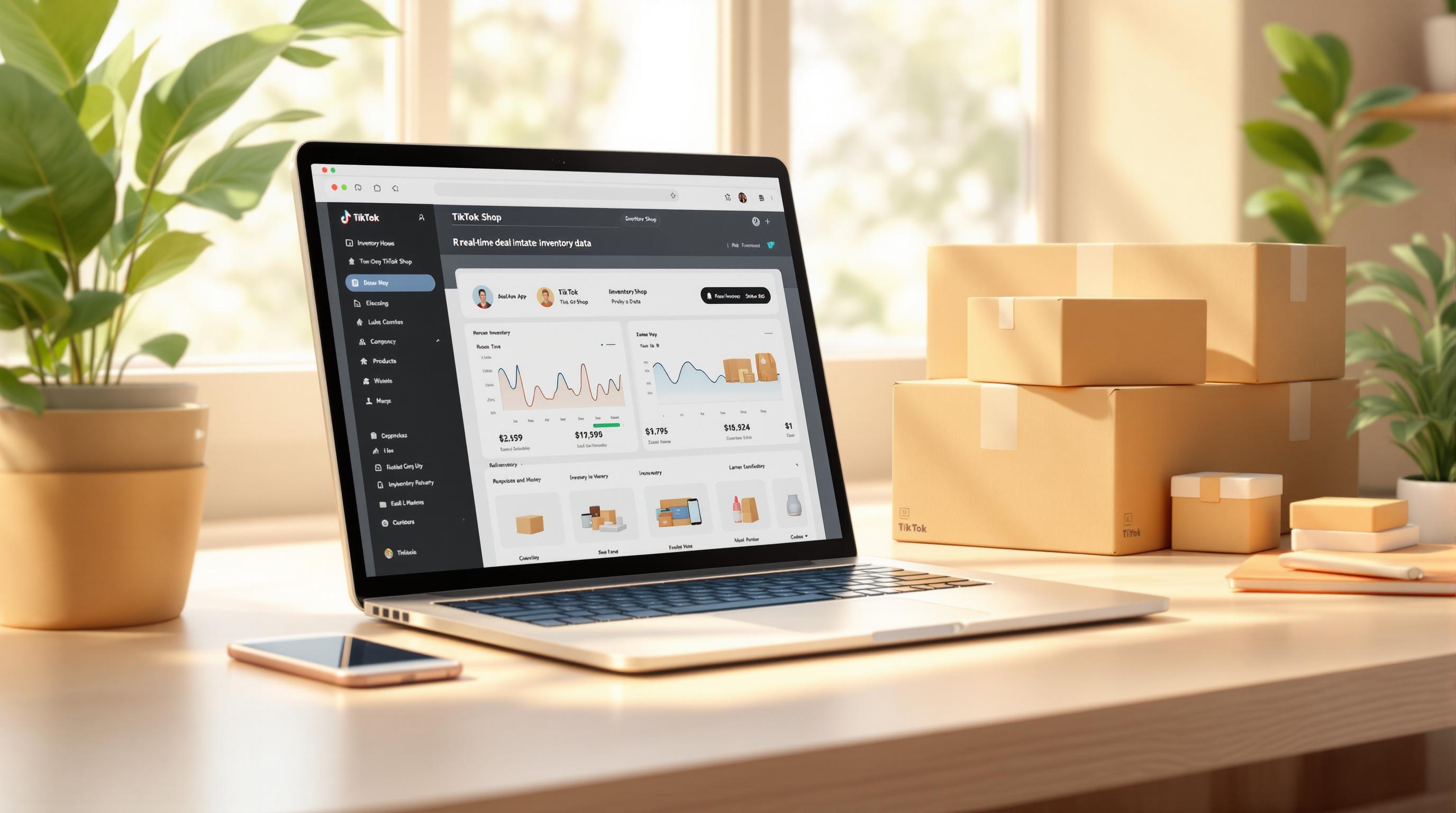


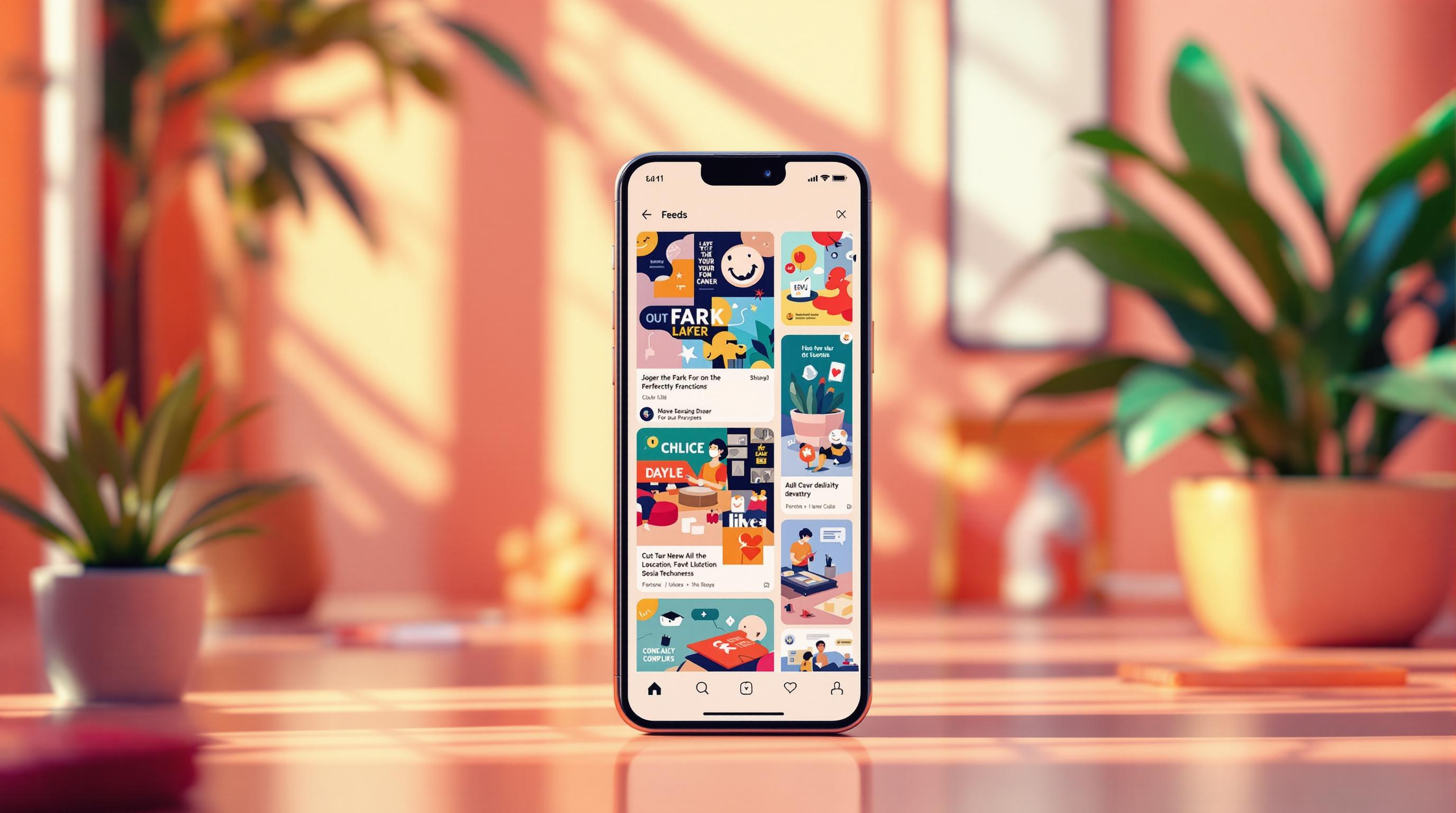








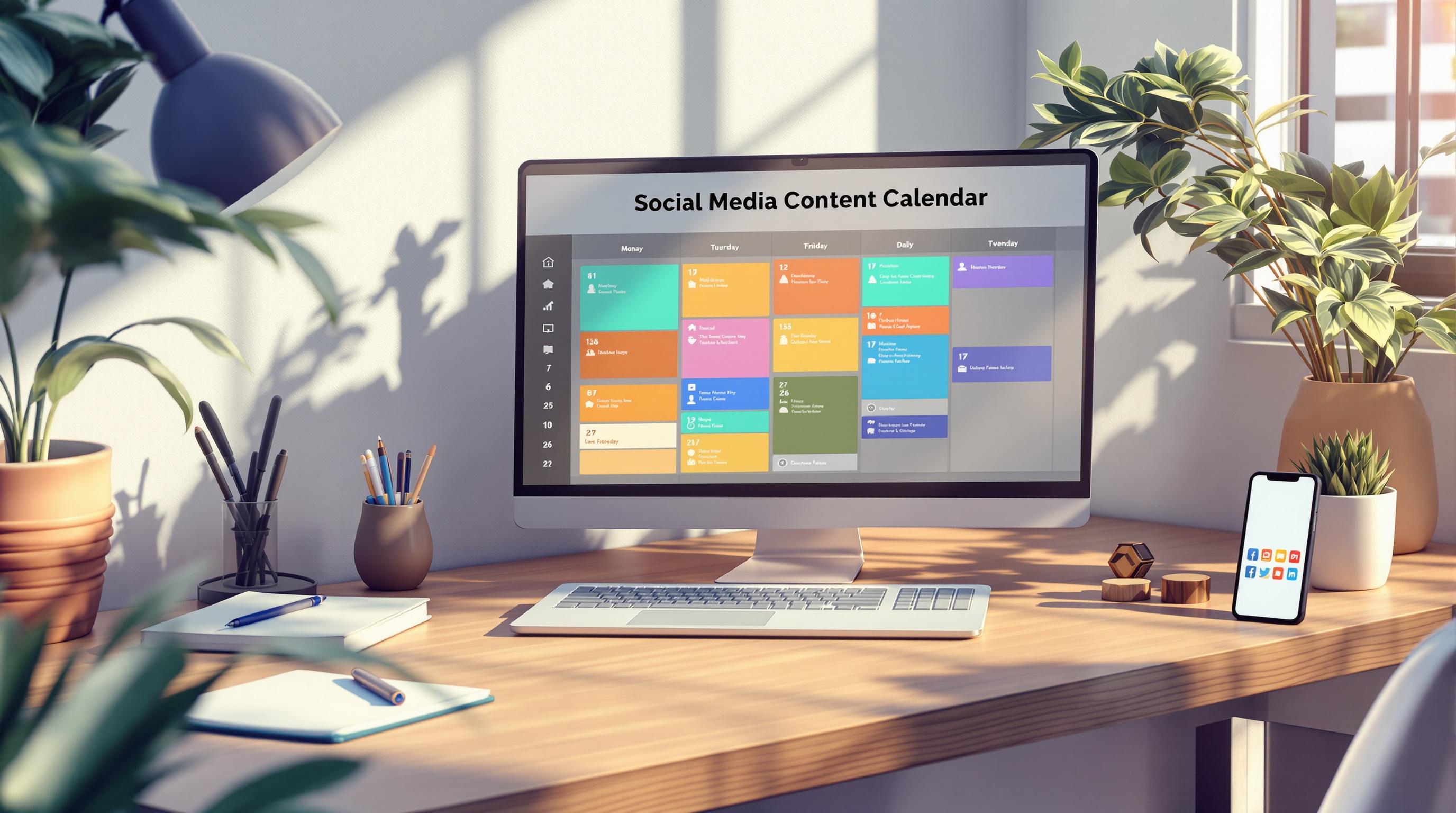


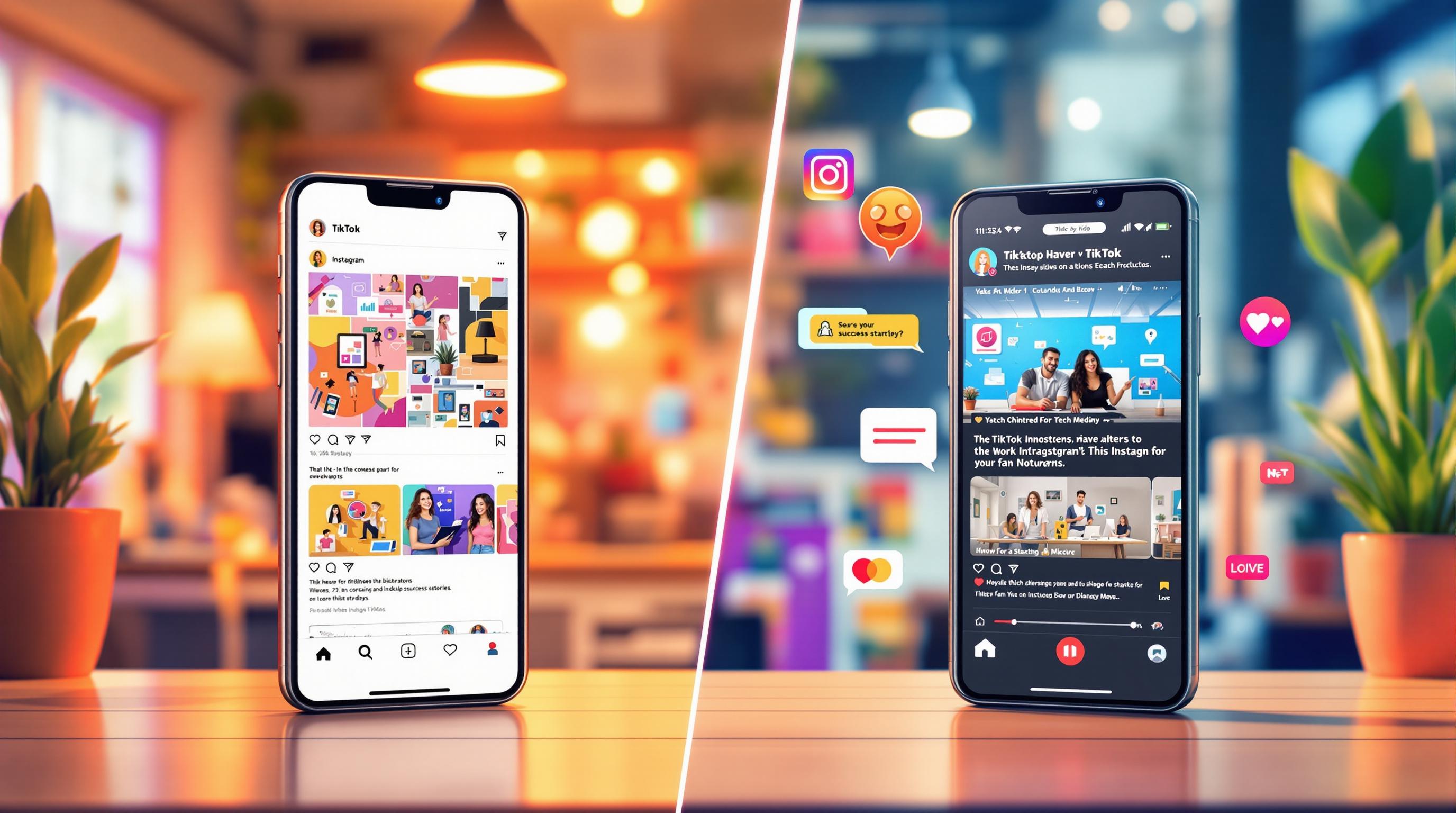


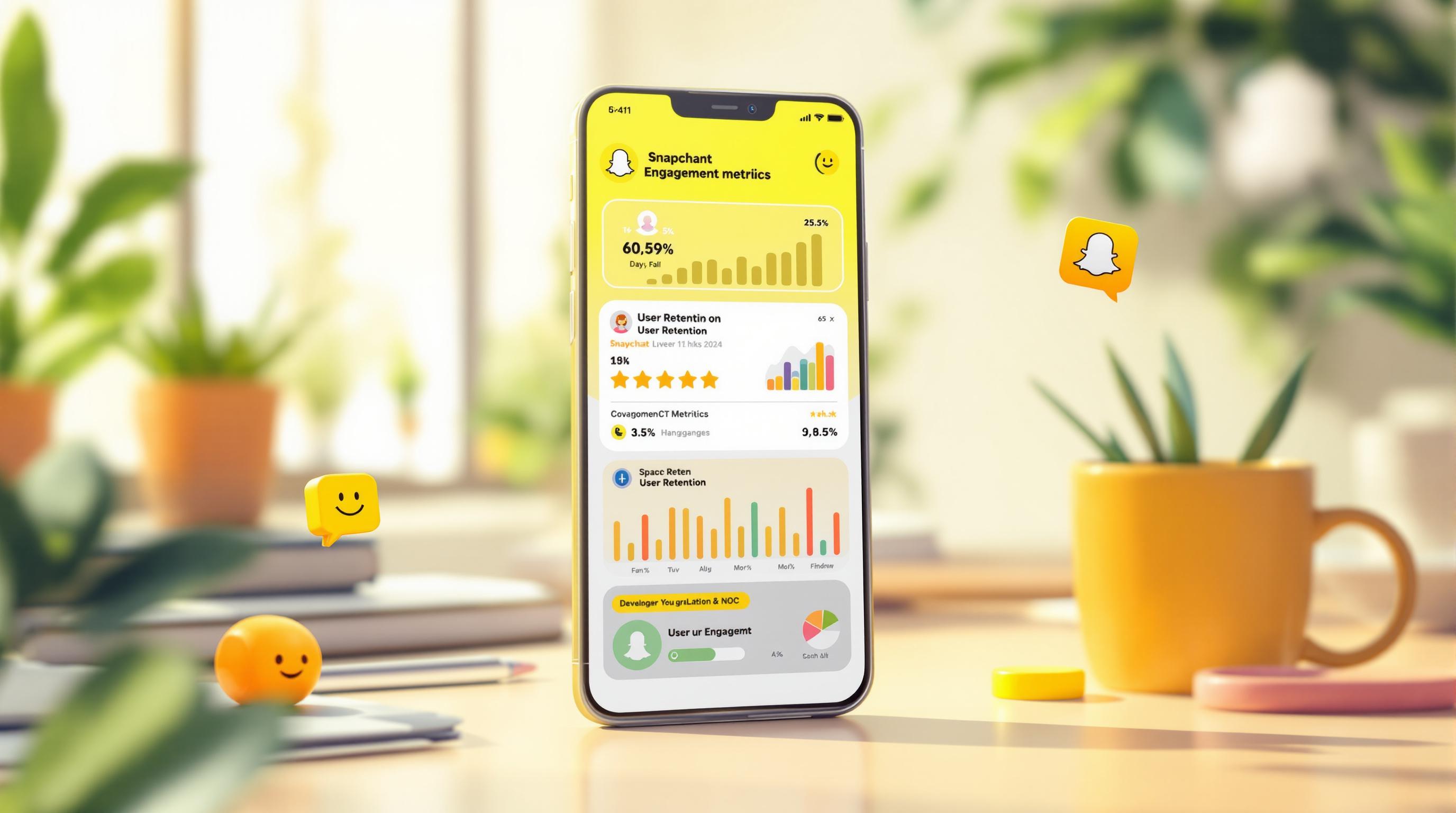
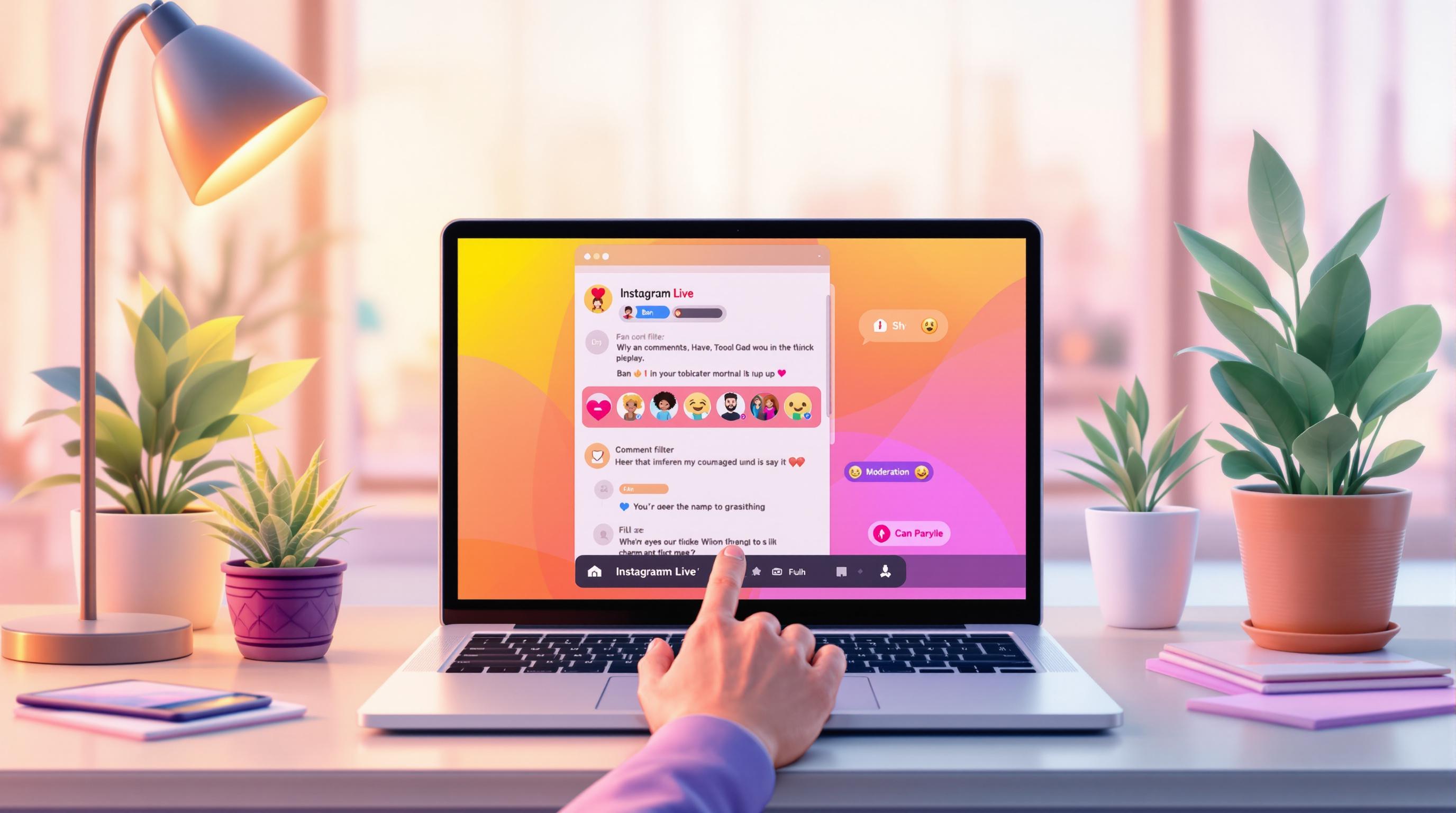








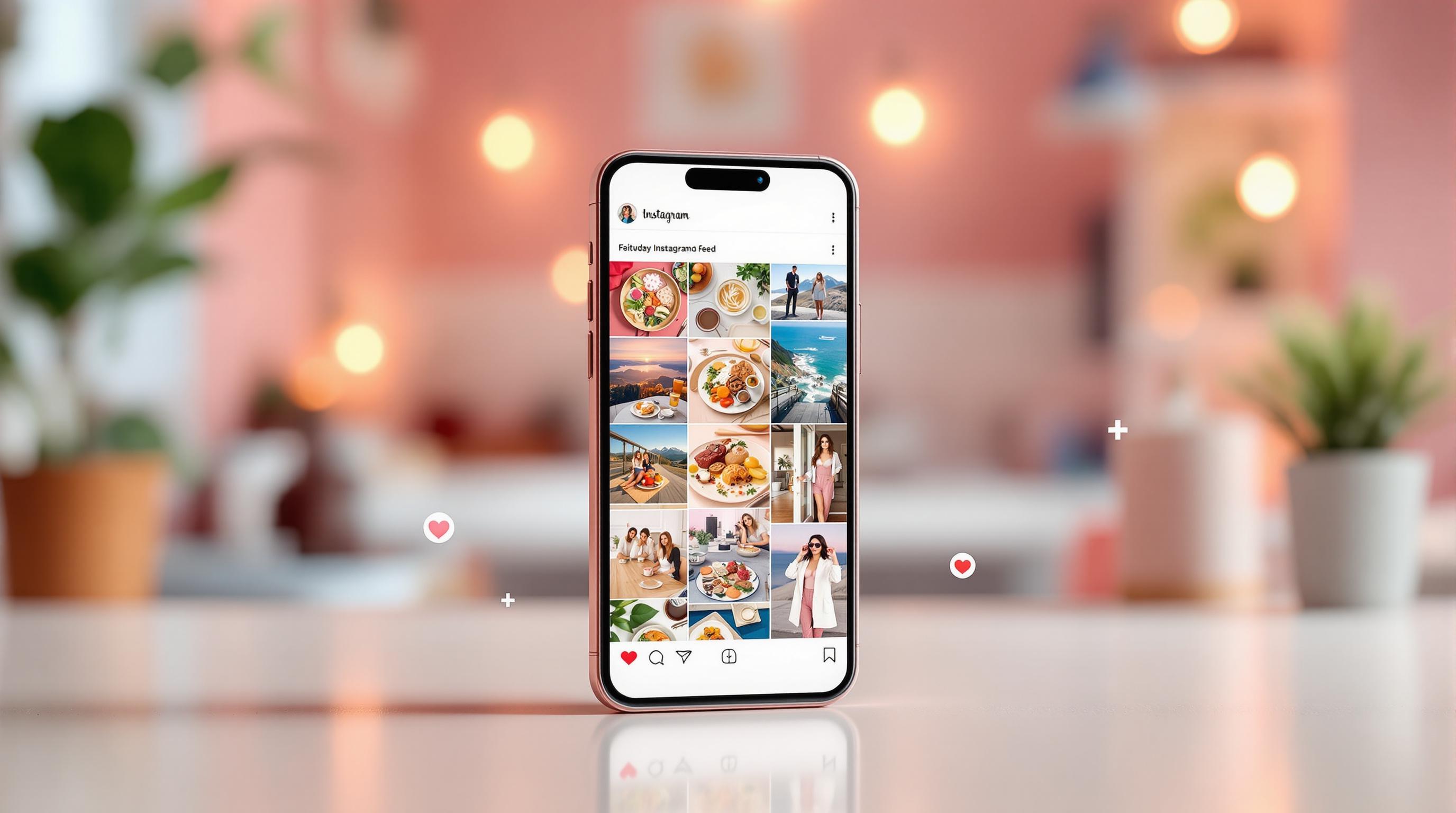



![Top 7 Best Instagram Growth Services in 2025 [RESULTS]](/cdn-cgi/image/fit=contain,format=auto,width=null/https://cdn.prod.website-files.com/67840d1d88a886f29a66a4c1/6795d12917ee4501b9eddf73_6795c731964f791db3b566c4-1737870861582.jpg)
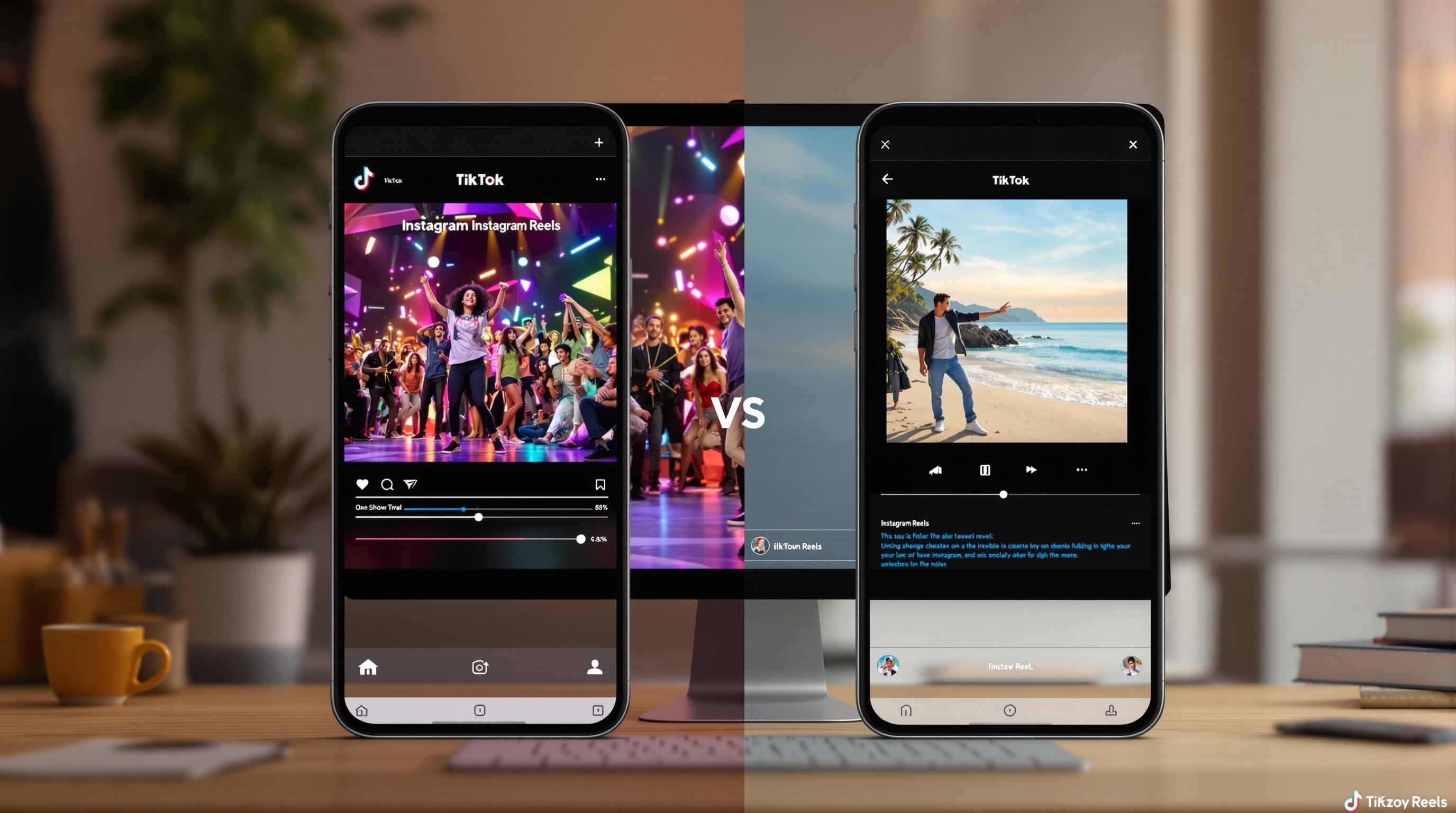
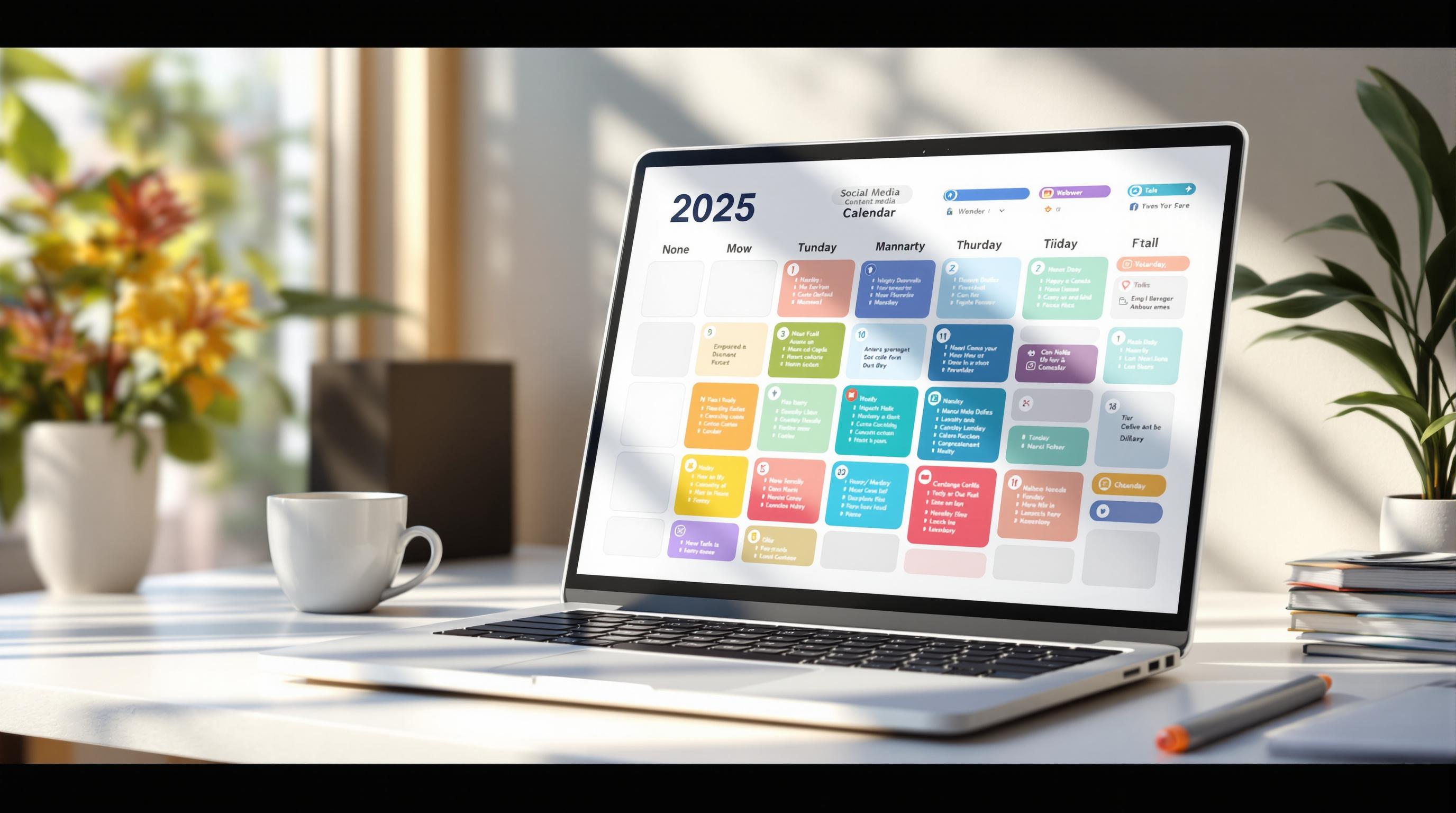
![UpGrow Review – The Best Instagram Growth Service in 2025 [TESTED]](/cdn-cgi/image/fit=contain,format=auto,width=null/https://cdn.prod.website-files.com/67840d1d88a886f29a66a4c1/6795040db42e404207732526_6794fd9c964f791db3b48de9-1737818779111.jpg)


